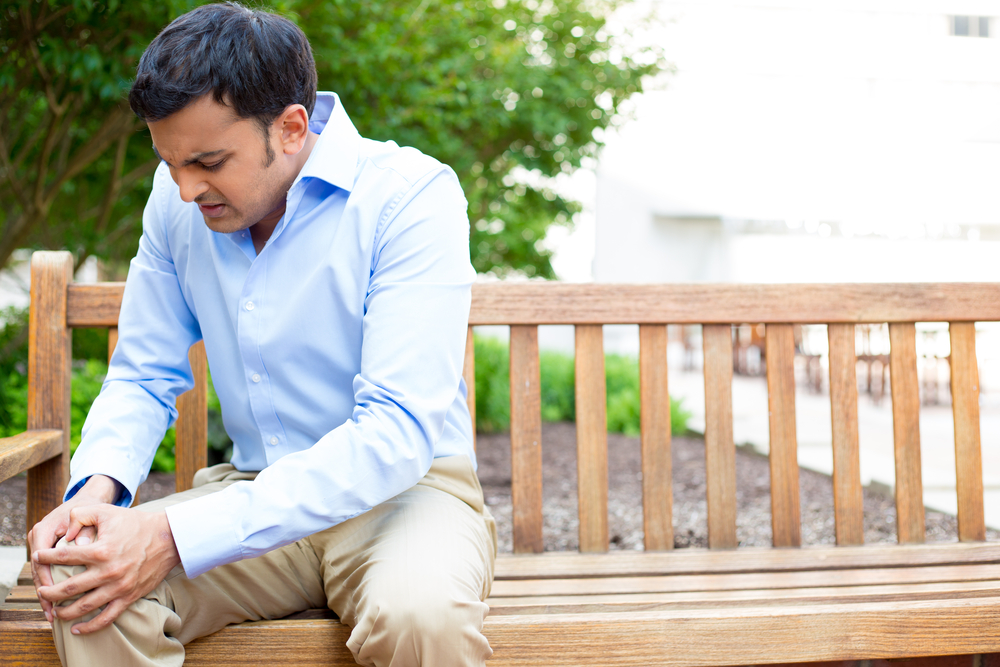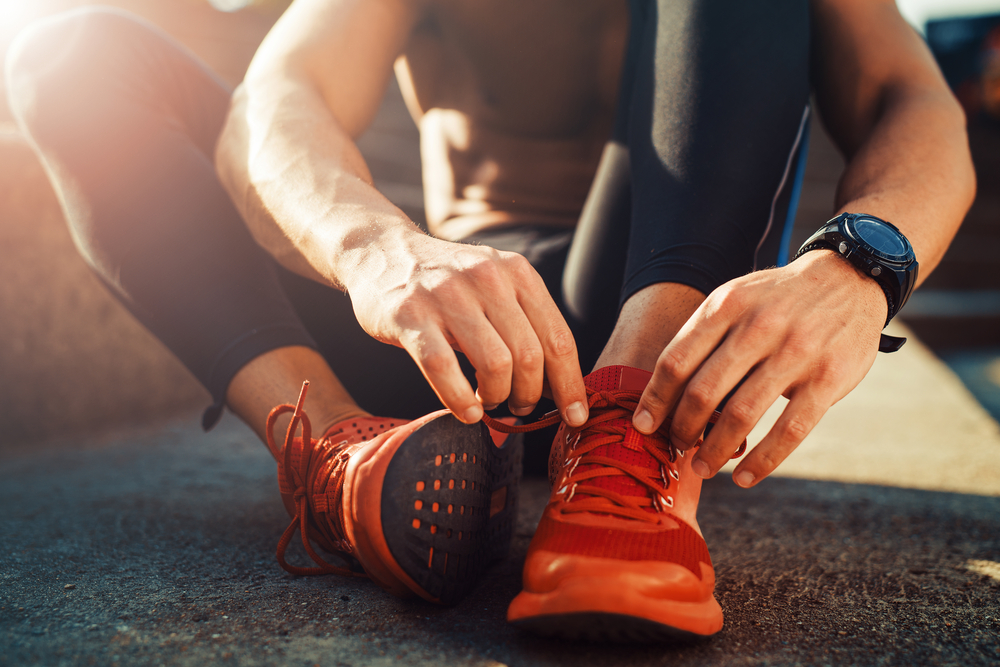3 Tips to Preventing Knee Pain

We put an enormous amount of pressure on our knees on a daily basis. It’s no wonder why knee pain is one of the top complaints from people of all ages. The most common causes include, “inflammation caused by improper lifting of heavy objects, poor flexibility, bad shoes, muscle weakness, starting high-impact fitness routines without warming up and structural knee problems, such as arthritis, torn cartilage or ligament damage,” says Charles Bush-Joseph, MD, a sports medicine surgeon at Rush University.
Caring for your knees now will cost you less time and effort than in the long run. Keep the following tips in mind when trying to prevent knee pain.
#1 – Maintain a Healthy Weight
Every extra pound you gain adds about 4 extra pounds of pressure on your knees when you walk or take the stairs, says Sara Edwards, MD, an orthopedic surgeon at Northwestern Memorial Hospital. By exercising and following a healthy diet, you can maintain a healthier weight that will relieve knee pain and restore function.

#2 – Wear Proper Shoes
Supportive and comfortable shoes help take pressure off the knee joint by promoting proper leg alignment and balance. Proper shoes are particularly important during exercise. “If you are taking up running as a newbie or starting a new form of aerobic exercise, getting professionally fitted from someone at a running or sporting goods store can help with knee problems and will certainly lower your incidence of having overuse problems due to footwear,” says Bush-Joseph.
#3 – Stand Straight
Having strong core muscles will help you attain good posture and put less stress on your knees. You want to keep your head centered over your shoulders and your shoulders centered over your abdomen. The more your body is centered, the less you will have to worry about the muscles becoming fatigue and causing strain on your joints.
Knee Anatomy & Causes of Injuries
The knees are an important joint that we often take for granted. The knees support the entire body and can withstand great amounts of stress. However, one wrong step or improper care can have a patient in crutches wondering where they went wrong. The knee depends on many ligaments to hold it together. Additional support to these ligaments is provided by the surrounding muscles. Many injuries occur due to the weakness or instability of these important muscles.
In addition to the tips provided above, it is also important to make sure you are adequately prepared for activities. Using the right equipment and techniques are the first step in preventing a knee injury.
We also suggest knowing your limitations. If you have chronic knee issues such as bursitis, it is important to not go passed what your body is prepared to do. If you are unsure of what activities are right for you, ask your physical therapist for advice before beginning a new sport or exercise program.

